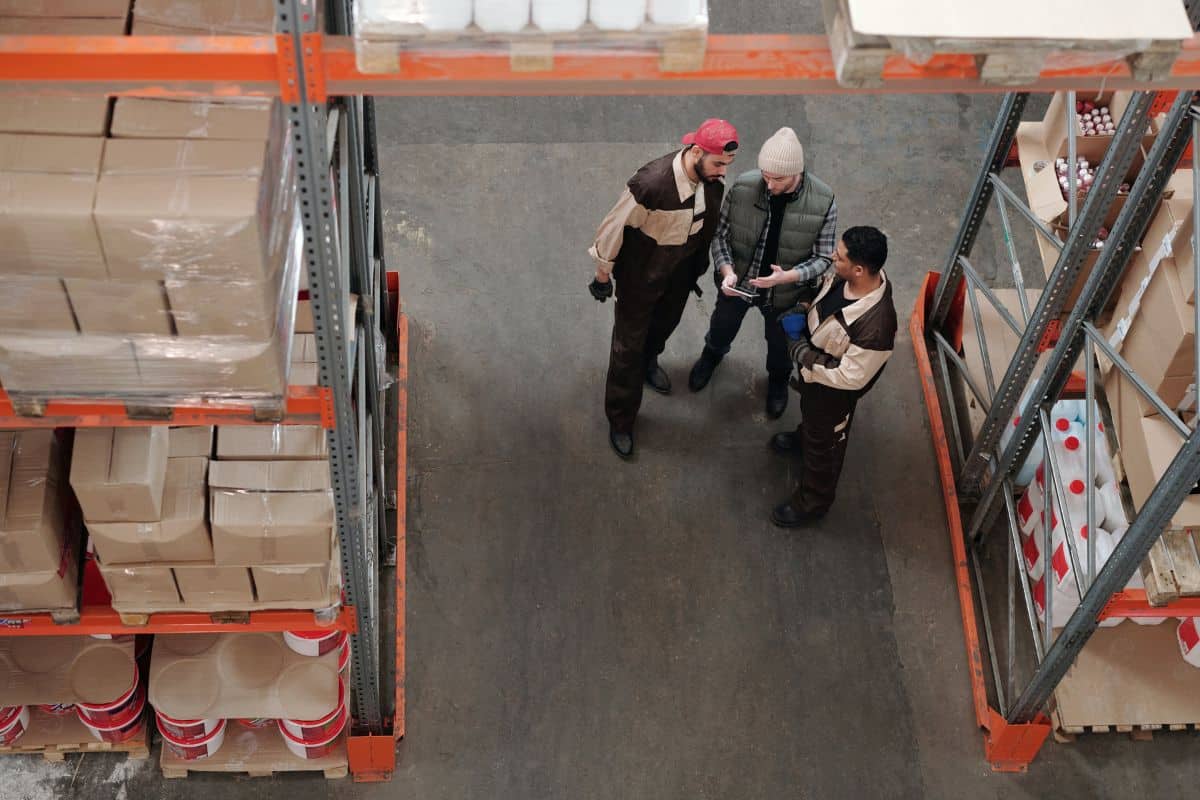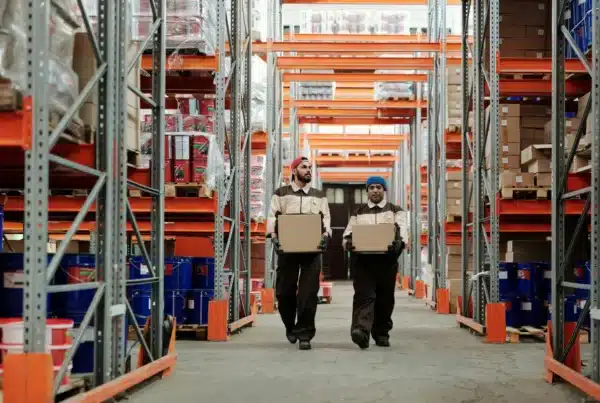
For businesses in the CPG market, selecting a kitting provider is a critical decision.
The wrong choice can lead to a process that is inefficient, with inconsistent quality and standardization, or one that is prohibitively expensive and inflexible.
Manual kitting, automated kitting and a mix of both — known as “light touch kitting” — each have their own benefits and drawbacks that will make a partner more or less suitable, depending on your requirements. In this article we compare these three approaches to help you determine which will be the best fit for your product and your position in the market.
What is kitting automation?
Kitting automation is the use of technology to assemble product kits without manual labor. This can include everything from simple bundled items, such as a toothbrush and toothpaste, to more complex kits, such as multi-brand beauty boxes or bundled nutrition packs.
Automation is already present in some form in the vast majority of CPG companies. According to PMMI, 84% are already automating the kitting process in some areas, like storage and retrieval, warehouse management systems and picking systems, and this figure is expected to rise to 93% over the next five years.

The three kitting approaches
Manual kitting
Fully automated kitting
Light touch automated kitting
Manual kitting
Manual kitting involves human operators assembling kits or packages by hand. The most traditional of the three options, it is commonly used by smaller companies who perform the majority of their kitting and order fulfillment in-house.
The pros and cons of manual kitting
Manual kitting is best suited to artisan products or specialized kits but often falls short in more extensive, high-volume operations.

Fully automated kitting
At the other end of the spectrum is fully automated kitting. This method utilizes sophisticated machinery and robotics to pick, place and assemble items into kits.
The pros and cons of fully automated kitting
Automated kitting is best suited to long runs with very few changes to the contents or design of the kit.

Light touch automated kitting
Light touch automation inhabits the middle ground between manual and fully automated kitting. This method combines human labor and automation to provide the best of both worlds.
The pros and cons of light touch kitting
In the vast majority of cases, light touch automation will be the best option for kitting.
When compared to manual kitting it will be marginally more expensive, and this may not be justifiable for a very limited run of kits. However, the consistency and quality of the finished kits will be far superior, they can be produced more efficiently, and production can be scaled up and down much more easily.

Which kitting option is best for my business?
With the benefits of kitting listed earlier, as well as their drawbacks, there are a series of questions to ask yourself. Each will look at an element of your kitting requirements and your answer will rule out one of the three production methods (or at least indicate one of the choices to you more than the others):

Final thoughts
If you are looking to outsource your kitting to a third party, a partner that uses light touch automation will supply you with the highest quality and flexibility for the most competitive price point. Nearly on par with full automation for quality, accuracy and speed, with a price point closer to that of manual kitting, it is the ideal middle ground that provides the best of both worlds.
At Harte Hanks, we are constantly refining and improving our light touch automated kitting to compete more effectively at both ends of the scale. If you’d like to learn more about how we can ensure your kits are created quickly, accurately and cost effectively, or if you’d like to discuss your next kitting program, contact us today.
Contact us today

Pat is the Managing Director of Fulfillment and Logistics for Harte Hanks. Pat’s fulfillment team puts clients’ brands into customer hands including print-on-demand literature, sales enablement materials, and promotional items, product samples, and specialty kits.



